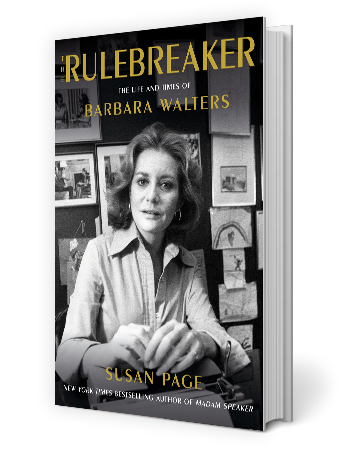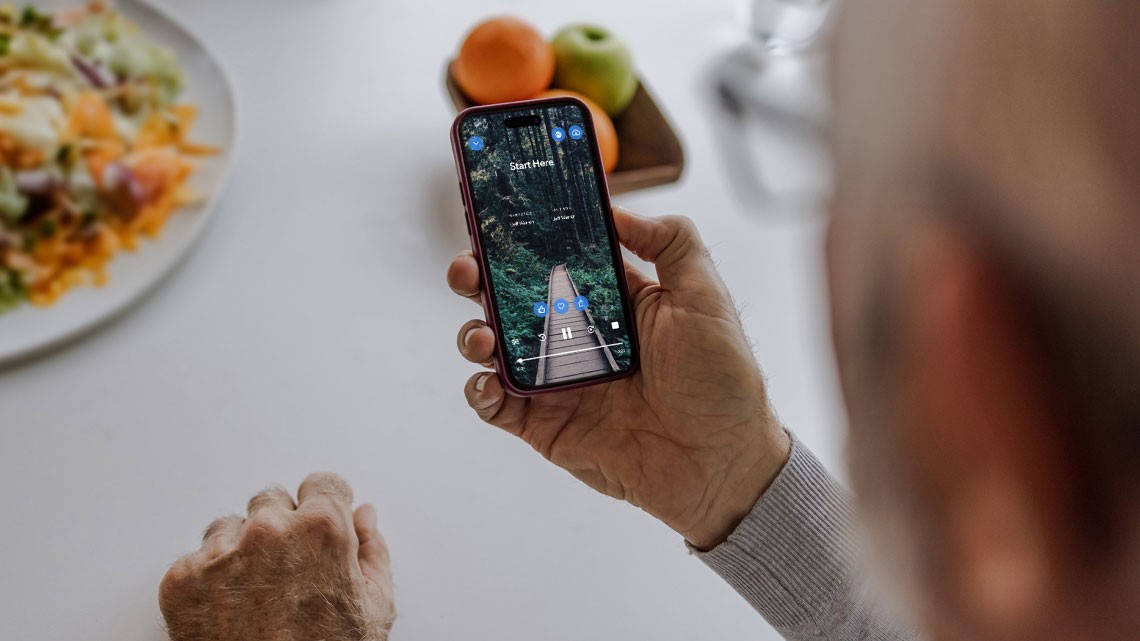Staying Fit


If you’ve forgotten Barbara Walters’ titanic influence on American culture since her death in 2022, consider this figure: 70 million. That’s the average number of viewers who watched at least part of her blockbuster interview with Monica Lewinsky in 1999.
Compare that to Oprah Winfrey’s much-ballyhooed interview with Prince Harry and the Duchess of Sussex in 2021, which drew 17.1 million viewers.
Walters’ interviews were big. They made news, made stars, made enemies (of her competitors) and famously made people cry (like Norman Schwarzkopf). She probed the psyches of an astonishing list of icons — royalty, rogues, dictators, peacemakers, presidents, artists, jocks — from Saddam Hussein to Muammar Gaddhafi, Judy Garland to Christopher Reeve, Mike Tyson and Robin Givens to the first joint interview with Egyptian president Anwar Sadat and Israeli prime minister Menachem Begin.
Her unlikely rise from a nightclub owner’s daughter to journalistic trailblazer is chronicled in Susan Page’s entertaining and absorbing new biography, The Rulebreaker: The Life and Times of Barbara Walters. Page previously wrote bestselling biographies on Barbara Bush (The Matriarch) and Nancy Pelosi (Madam Speaker), making The Rulebreaker part three in an unplanned “badass women of the Silent Generation” trilogy, says Page, USA Today’s Washington bureau chief, by email.
How significant is Walters? “She cut a path no woman had walked before,” Page believes. “Every woman in journalism, including myself, owes her a debt. As an interviewer, she redefined whose stories were worth telling and how they could be told. At age 67, she expanded TV’s boundaries by creating The View.”
And she was fearless. “At a time when ambition was seen as unladylike,” Page writes in the book, “Barbara plowed into a profession that wasn’t ready to welcome her.”
Here are nine things we learned from The Rulebreaker about Walters’ triumphs, her ferocity and the disappointments of her personal life.


AARP Membership— $12 for your first year when you sign up for Automatic Renewal
Get instant access to members-only products and hundreds of discounts, a free second membership, and a subscription to AARP the Magazine.
1. As a child, fake stomach pain led to unnecessary surgery.
Walters had a lonely childhood. Her father, Lou, an immigrant showbiz impresario and nightclub owner, prioritized work over family (an adult Barbara would do the same). Her anxious mother, Dena, fretted about the family’s finances: Lou’s big-money successes routinely led to self-inflicted failures. Her special-needs sister, Jackie, required care and attention. To redirect the family spotlight toward herself, Walters, then 7 or 8, complained of stomach pains. The mystery ailments were a fraud but provided precious one-on-one time with her mother as they visited doctors and shared postexam meals. Even when a doctor suggested an appendectomy, Walters embraced the lie — and the attention.
2. She had a love-hate relationship with her sister.
Though Jackie was diagnosed as “mildly retarded” (the term used at that time) she was possibly autistic, Walters suspected. She credited Jackie with building “a compassion and an understanding of people that I might never had had [sic],” but admitted, “there were times I hated her too. For being different. For making me feel different. For the restraints she put on my life.” Decades later, Walters read a book titled The Normal One: Life With a Difficult or Damaged Sibling and saw herself: “The prematurely mature child; the looming responsibility for a sibling’s care and well-being; the compulsion to be an overachiever; the fear of failure.”



































































You Might Also Like
Savannah Guthrie Interview
‘Today’ show host talks about her book of essays ‘Mostly What God Does,’ Taylor Swift and idols in the news biz
Deborah Roberts Interview
Journalist’s essay collection, ‘Lessons Learned and Cherished: The Teacher Who Changed My Life,’ celebrates educators
Lisa Ling Interview
Award-winning journalist talks K-pop, road trips and memorable advice from Barbara Walters
More Members Only Access
Enjoy special content just for AARP members, including full-length films and books, AARP Smart Guides, celebrity Q&As, quizzes, tutorials and classes
Recommended for You